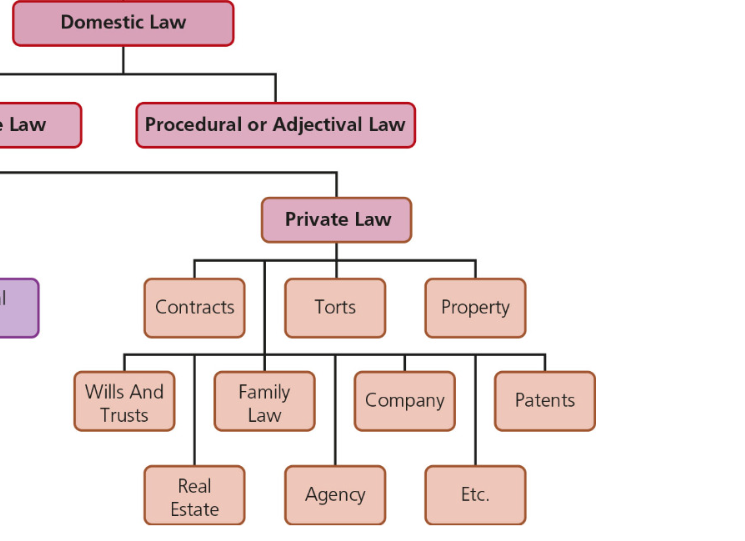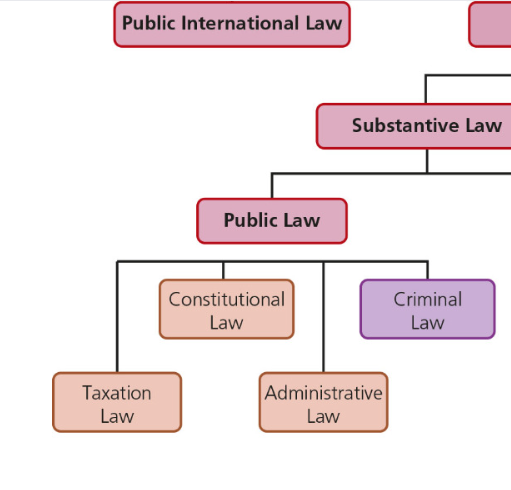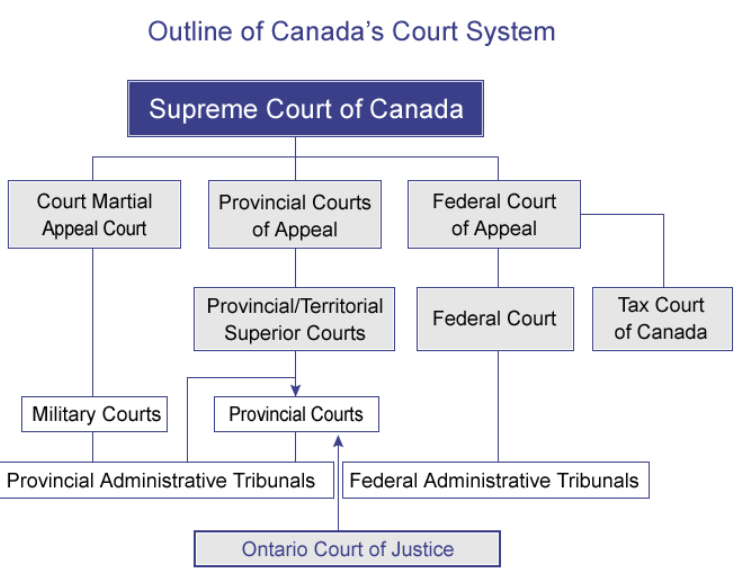Chapter 11 - Social Control, Deviance & Crime
1/44
There's no tags or description
Looks like no tags are added yet.
Name | Mastery | Learn | Test | Matching | Spaced |
|---|
No study sessions yet.
45 Terms
Social Control
Actions that are intended to prevent, correct, punish, or cure behaviours or characteristics perceived as unacceptable.
Social control is targeted at everyone.
Deviant
Refers to those people, behaviours, or characteristics that are viewed as unacceptable.
Behaviour that violates norms (non-sociology definition).
Scholars argue that there are many different definitions for deviance.
Deviant (Subjective)
Focuses on how society or individuals perceive certain behaviors as deviant.
It suggests that deviance is defined by social reactions and perceptions, and it depends on the cultural context, the time period, or the social group.
Deviant (Objective)
Refers to actions or behaviors that violate established norms or laws and are considered deviant based on clear, tangible criteria, such as legal or moral standards.
From this perspective, deviance is objectively measurable, and the behavior itself is inherently wrong or abnormal, regardless of people's opinions.
At the same time, these scholars often dispute precisely what that quality is.
This can include:
Behaviours (weight, hair colour)
Activities that cause harm (criminal activity)
Behaviours and characteristics Canadians disprove of (racism, eating dogs)
Those that violate norms.
Criminologists
Researchers who specialize in criminal behavior.
Criminology
The academic study that focuses on the area of crime and those labelled criminals.
Crime
Any behaviour that violates criminal law.
Deemed by legislators as so unacceptable that they must be embodied in government legislation.
Which acts receive this label is not static but varies over time.
Consensual View of Law
That the behaviours legislated against in criminal law are those that most people agree should be legislated against.
It is presumed that the ensuing measures of social control are then equally applied to everyone.
The Conflict Perspective View of Law
Argues that the ruling class creates and uses the law to serve its own interests.
Symbolic Interactionist View of Law
Proposes that legislation emerges from interactions between special interest groups who have identified a social problem and powerful groups they approach to resolve that problem (the government).
Criminal Offence in Canada & Intent
A criminal offence has occurred when a criminal act has taken place and there was corresponding intent to commit the act
Intent here refers to “blameworthy” in the sense that a “reasonable” person would understand the outcome of those actions.
Criminal laws apply to everyone no matter the ascribed or achieved status.
Common Law System in Canada
The common-law system was developed by judges, based on decisions from individual court cases that set “precedents” such that future cases of that nature were to be treated in a similar fashion.
Since its origins, common law has continuously evolved as sociocultural circumstances have broadened (e.g. wearing seatbelts laws, marijuana laws have changed with society).
Canada as s former colony follows the legal system of English common law.
Private Law
Concerns relationships between individuals, often in the form of contracts and agreements (e.g., marriage, property, and wills, corporate).
When there is an issue involving private law (i.e., wrongs against a person), the offending party pays for damages or otherwise compensates for the wrongdoing.
Traffic laws (speed) are developed at the provincial and municipal levels under private law, and offenders pay fines, receive demerit points, and/or pay compensation to victims.

Public Law
Concerns relationships between the individual and society (e.g., constitutional, criminal, and taxation law).
This includes Canada vs. an individual, Crown vs. accused (wrongdoings against the state and society as a whole).
Trafficking an illegal substance, a drug dealer is considered to be causing harm to society as a whole; consequently, under public law, court cases are not between a victim and accused.
Penalties can be more severe.
Criminal code, Youth Criminal Justice Act, Controlled Substances Act.

Summary Conviction Offences
Perceived as causing the least harm; they include acts such as causing a disturbance, falsifying an employment record, and taking a motor vehicle without consent.
The maximum punishment for summary offences is a fine of $5,000, or imprisonment for 2 years less a day, or both.
Indicatable Conviction Offences
Those that are viewed as causing the most harm; examples include trafficking in persons, terrorist activity, and murder.
They correspond to more severe penalties, such as a lengthy prison term.
Every criminal offence in the Criminal Code is assigned a weight based on severity.
Hybrid Offences
Some offences, such as assault or sexual assault, range in the level of seriousness depending on a number of factors (e.g., whether or not a weapon was used, whether there was a threat to a third party, and the amount of harm incurred by the victim).
Referred to as hybrid offences because they can be prosecuted as summary or indictable convictions depending on the situation.
Violent Crimes
Offences committed against a person, such as assault, sexual assault, manslaughter, and homicide.
Property Crimes
“Economic” offences committed against property enacted to bring about financial gain, such as identity theft, credit card theft, or break and enter.
Victimless Crimes
Involve consensual relations in the exchange of illegal goods or services; they include drug use, prostitution, and online gambling.
These are sometimes referred to as “crimes involving morality” or “crimes against public order.”
The view that crimes are victimless since harm is unlikely to befall anyone outside the consenting parties is contested.
White-collar Crime
The misappropriation of financial resources, or identity theft) and corporate crime (e.g., false advertising or failing to comply with safety standards).
College admissions scandal in the US.
Committed by people of a higher status, with more resources.
Corporate Crime
Criminal offences carried out by organizations or by knowledgeable employees in the course of their employment.
This can include fraud, embezzlement, price fixing, taxation evasion, environmental, labour violations, etc.
Cybercrime
Criminal acts committed using computer technology.
Cybercrimes are wide-ranging and include:
Phishing (misleading transmissions designed to obtain passwords or other sensitive forms of personal data);
Ripping (software used to circumvent copyrights);
Hacking (infiltrating a host server);
Luring (using electronic means to contact children);
Stalking
Black market selling
Organized Crime
Two or more people participating in illegal activities for gain, such as trafficking drugs and humans.
Criminal activities carried out by criminal organizations that are highly structured, often operating across different regions or countries. These groups engage in illegal activities for financial gain and typically operate in a coordinated, planned, and often violent manner.
Examples include the cartel, mafia, street gangs (Hells Angels, Crips, Bloods).
Crime Severity Index
The volume of crimes multiplied by their severity.
Criminal Justice System
Comprised of the police, courts, and prisons, which are responsible for apprehending, prosecuting, and punishing those deemed offenders.
Law enforcement in Canada operates at various levels, from national (the RCMP) to provincial (e.g., Ontario Provincial Police, la Sûreté du Québec), and municipal (e.g., the Toronto Police Service).
Criminal Justice System Process
Commission an act: If reported to the police, may result in an arrest.
Lay a Charge (Police): May lay a charge (through a Crown attorney), someone accused of a crime comes into contact with the courts, which hear the case and treat the individual using principles of fairness and justice.
Conviction, Entrance to System: After being convicted, offenders may end up at the end point of the criminal justice system, where they serve time in a provincial or federal prison.
Most convicted offenders are the responsibility of provincial correctional services.
Those who are sentenced to two or more years in prison become a federal responsibility under Correctional Service of Canada.

Court System
The court system comprises various courts (e.g., provincial courts, federal courts) that have different areas of authority.
Superior Court is the highest level in Canada. Used for more serious cases.
There is a Family Court and a Small Claims Court, separate from the other provincial courts.
Provincial and territorial courts deal mainly with matters within the jurisdiction of the provinces or territories (e.g., family law, criminal law), while federal courts handle cases related to national matters, such as immigration or federal regulations.
Most cases involve summary conviction offences and are dealt with in the provincial and territorial courts.
Retribution
A morally justified consequence, as in an “eye for an eye.”
Punishment
A principal means for controlling behaviour is punishment. The perspective of criminal law, the main purpose of punishment is to deter people from committing crimes.
Deterrence Theory (2 Types)
Jeremy Bentham and Cesare Beccaria
Rests on the assumption that punishment can be used to prevent crime.
Theory that people are rational and that crime, therefore, is the end result of a decision-making process wherein the individual decides that the benefits of committing the act outweigh the perceived costs.
Deterrence can operate on a specific and general level such:
Specific deterrence: An offender is deterred from repeating the act in the future as a result of receiving the punishment.
General deterrence: Others in society also come to avoid the act by witnessing the consequences for the offender.
Abolitionism
A movement calling for a complete overhaul or dismantling of the criminal justice system.
It may remove an individual from society and thus the opportunity to offend, but only in terms of the "outside world.
Ombudsperson
An independent body with authority to conduct thorough, impartial, independent investigations and to make recommendations to government organizations with respect to the problems of citizens.
Restorative Justice
An approach based on informal processes that emphasize healing and the reparation of harm that offenders have caused victims and community members rather than focusing on punishing the offender.
The offender is required to assume responsibility for their actions and to attempt to make some kind of restitution to the victim.
Emphasizes the need to involve all of the stakeholders in the process of justice (victims, offenders, and other members of the community).
Restorative justice rests on the premise of rebuilding relationships.
Functionalist Perspective on Deviance
Functionalist perspectives propose that the social structure causes deviance. Durkheim indicated that deviance emerges from anomie.
When society changes too rapidly, people become unsure of precisely what is expected of them, and feelings of normlessness emerge.
People begin to engage in excessive levels of deviant behaviour.
Excessive levels can be harmful, whereas normal levels contribute to maintenance.
Includes Robert Merton’s Classic Strain Theory (related to social structure).
Institutionalized Goals (Functionalist)
Goals that we are supposed to aspire to in contemporary society. This includes wealth, power, and prestige.
Related to Robert Merton’s Classic Strain Theory. This is related to social structure and the Functionalist theory.
Legitimate Means (Functionalist)
The socially accepted ways for attaining goals that include getting a good education, working hard, and investing money wisely.
Related to Robert Merton’s Classic Strain Theory. This is related to social structure and the Functionalist theory.
Symbolic Interactionist Perspective on Deviant
Through our interactions with significant others and the generalized other, as well as the influence of the looking-glass self, we develop understandings of what acts are acceptable or unacceptable.
We also come to understand ourselves in this context and choose our actions on that basis.
Some understandings may be shared, but are interactions are not the same to other people. So we develop different understandings.
Legislation emerges from interactions between special interest groups who have identified a social problem, and powerful groups they approach to resolve that problem?
Primary Deviance (Interactionist)
Minor acts that are done rarely or infrequently (e.g., drinking alcohol to excess).
Created by Edwin Lemert and related to Labelling Theory. The theory argues that people become "deviant" or "criminal" not necessarily because of their actions but because of the labels society attaches to them.
Because infrequent transgressions are likely to go undetected, people are able to maintain a non-deviant self-image.
Secondary Deviance (Interactionist)
Chronic deviance as a lifestyle. When someone structures their life around deviance, as they have been labelled by others in society.
Related to labelling theory (Lemert). The theory argues that people become "deviant" or "criminal" not necessarily because of their actions but because of the labels society attaches to them.
Stigmatization
Goffman
The process by which individuals are excluded because of their behavior.
Individuals may respond in a number of ways, ranging from trying to hide that stigmatized characteristic to developing a lifestyle around it and publicly embracing it.
Conflict Perspectives
Structures of power determine which behaviours or characteristics are defined and treated as deviant.
Scholars agree that holding power enables groups to define their own behaviours as “normal” while defining the behaviours of others as “deviant” and in need of social control.
The powerful then also have the means to enforce those measures of social control, whether in creating criminal laws, legislating physical appearance, or racial profiling by law enforcement.
Feminist Perspective
Society has different standards for what is considered deviant behavior based on gender.
Men and women are judged differently, with behaviors seen as acceptable or deviant often depending on one's gender.
As a result, men and women experience social control and labeling differently.
Post-modern Perspective
The internalization of social control means that we regulate our own behavior without needing others to directly control us.
We do this through self-surveillance, where we feel constantly monitored by things like cameras, rules, and social judgments.
This makes us act in ways that conform to societal expectations because we believe we are always being watched or judged, even when we're not directly being controlled.
Looks at how we are constantly surveilled through social media.
What is considered deviant or criminal varies across different cultures, societies, and historical periods.
Classic Strain Theory
Robert K. Merton
A concept in sociology developed by Robert K. Merton in the early 20th century. It explains how individuals in society may turn to deviant or criminal behavior when they are unable to achieve culturally approved goals through legitimate means.
Strain occurs when individuals are unable to achieve these goals through legitimate means, leading them to experience frustration and, in some cases, resort to alternative, sometimes deviant, means to achieve the desired outcomes.